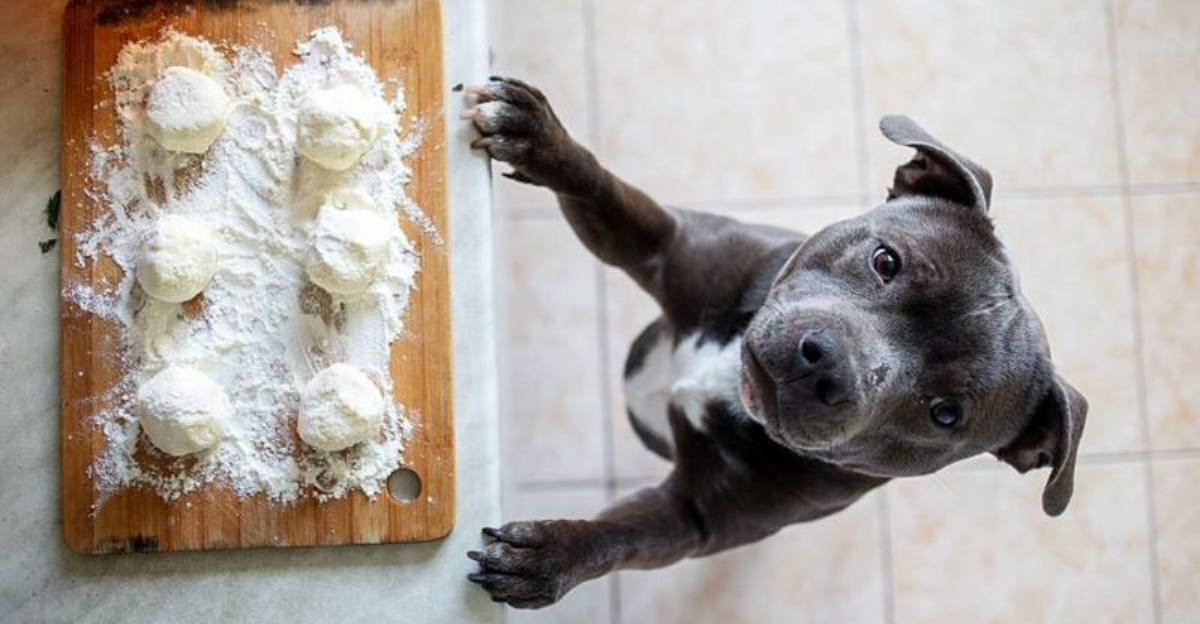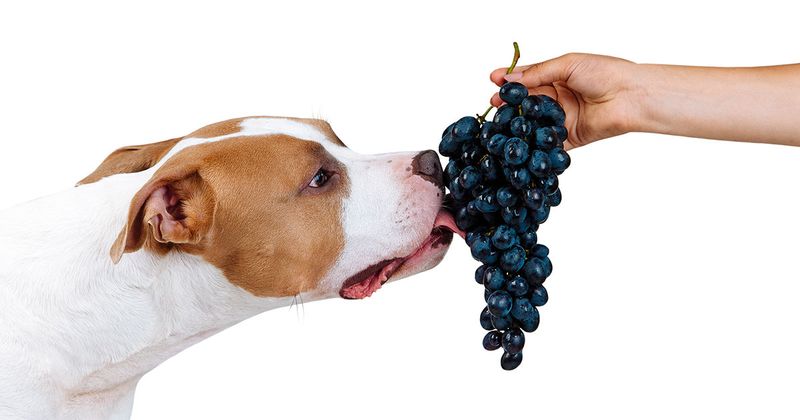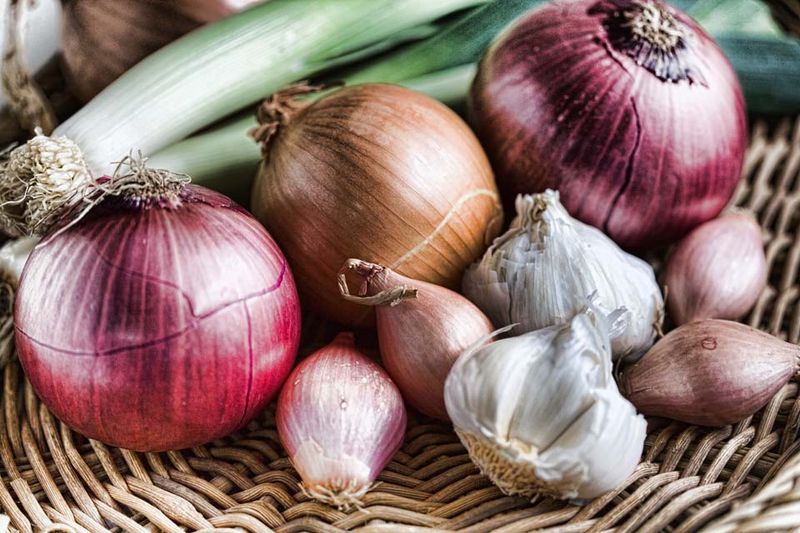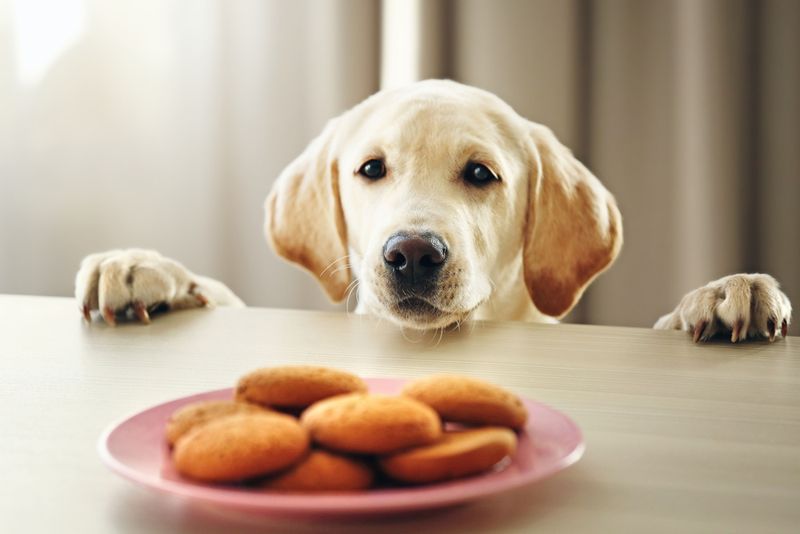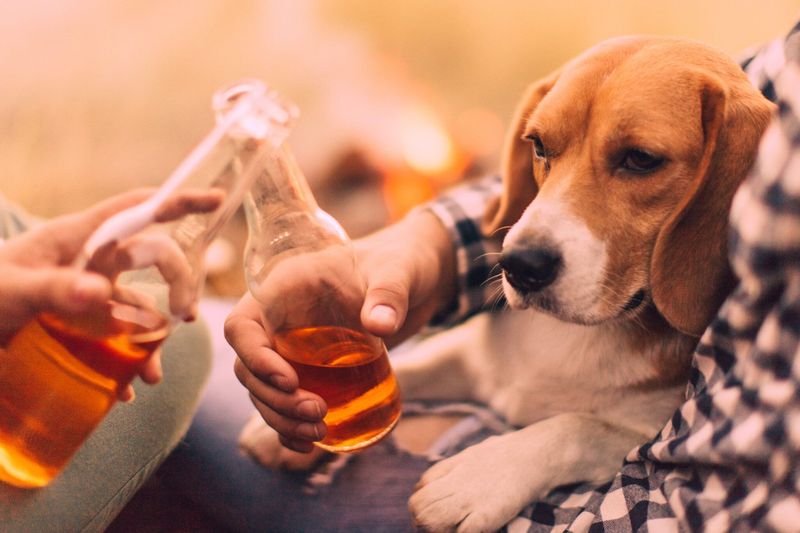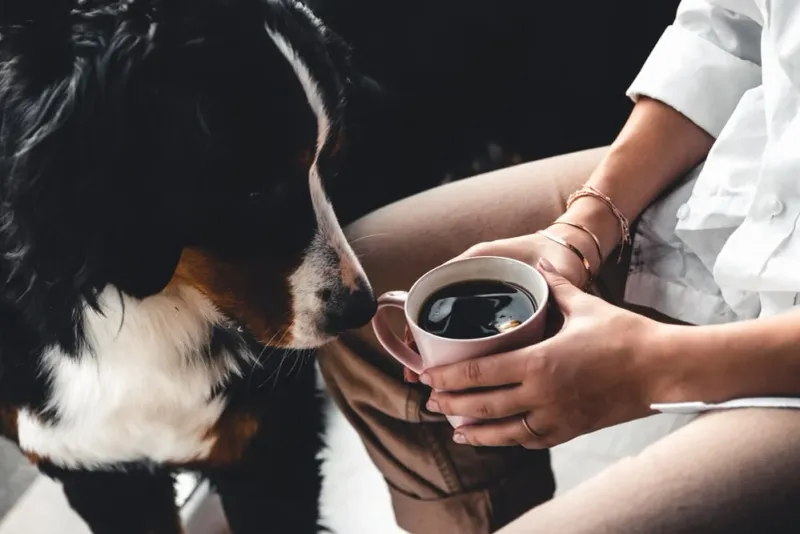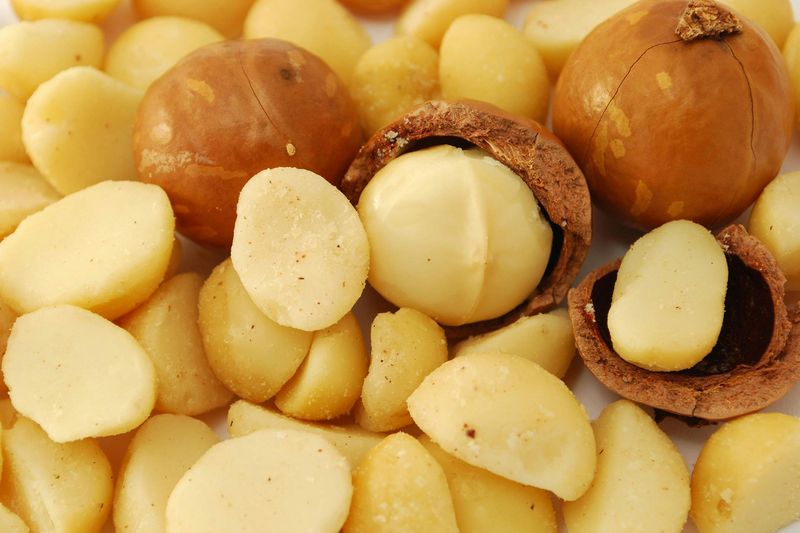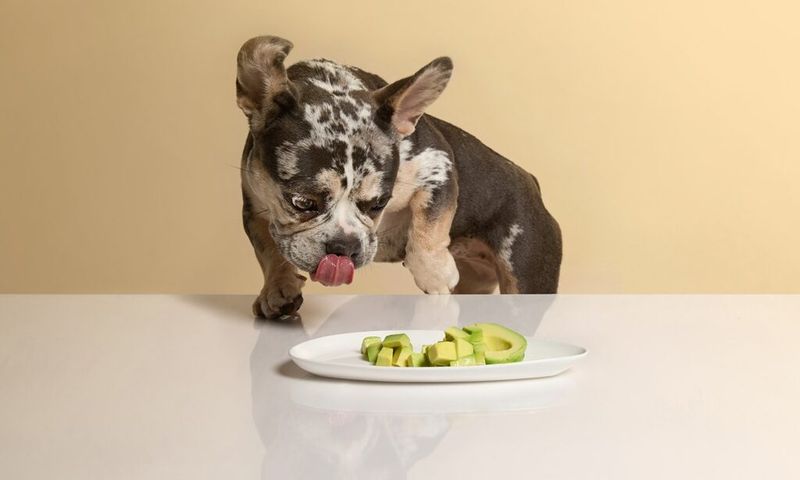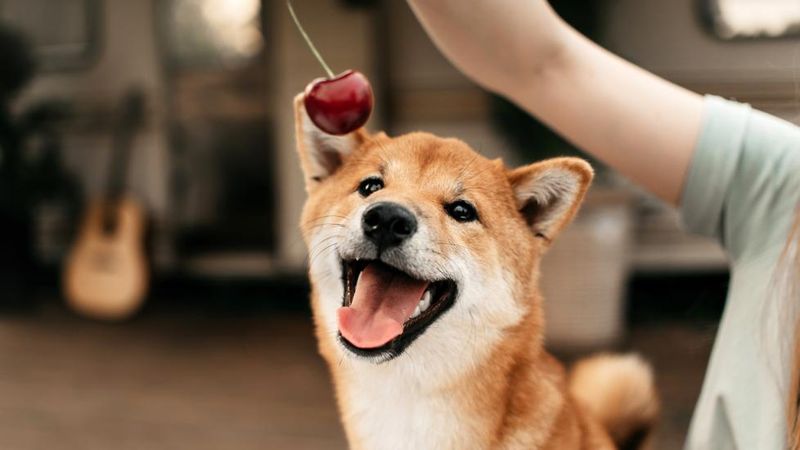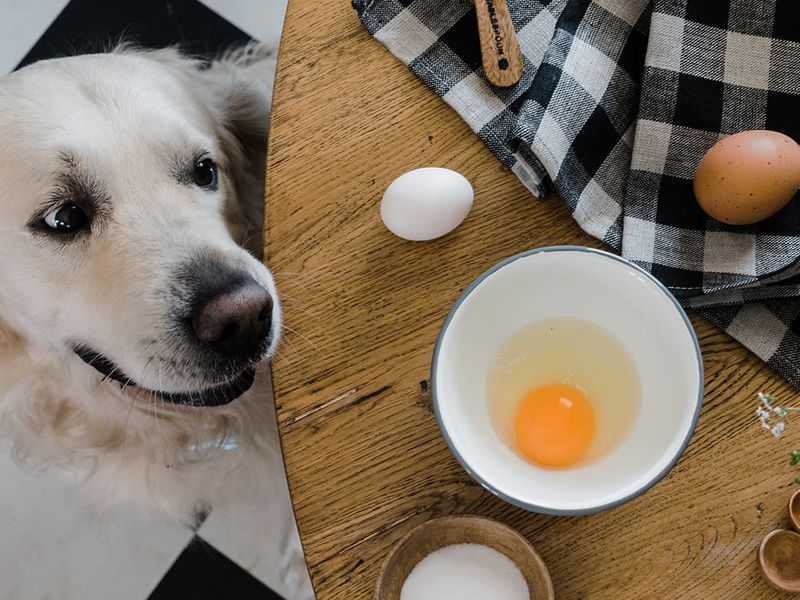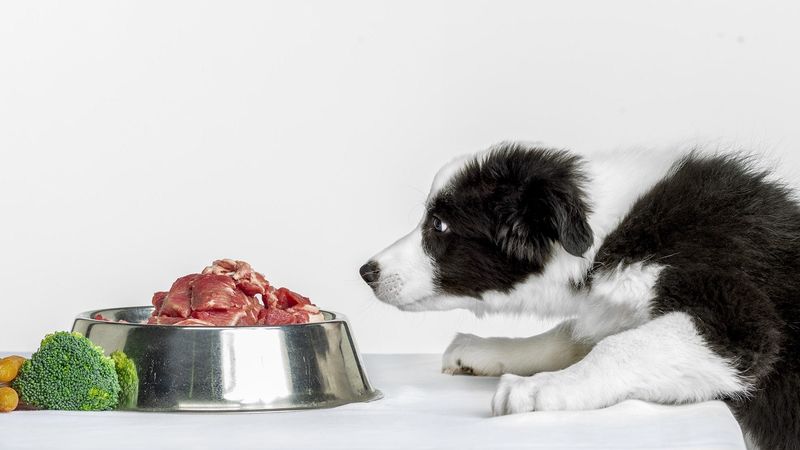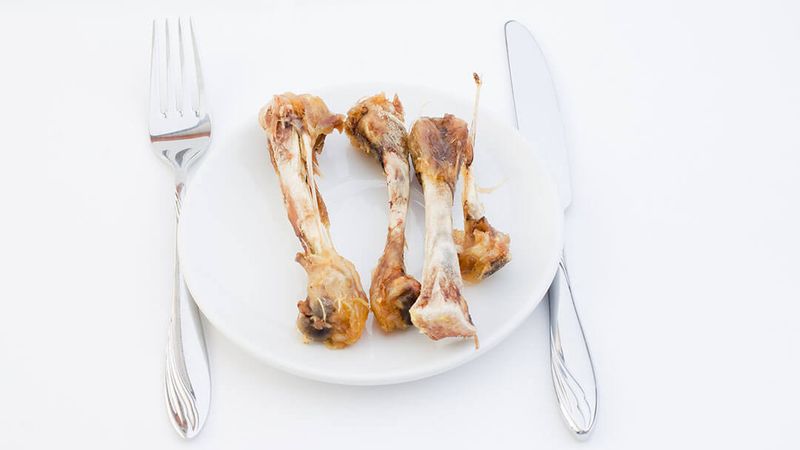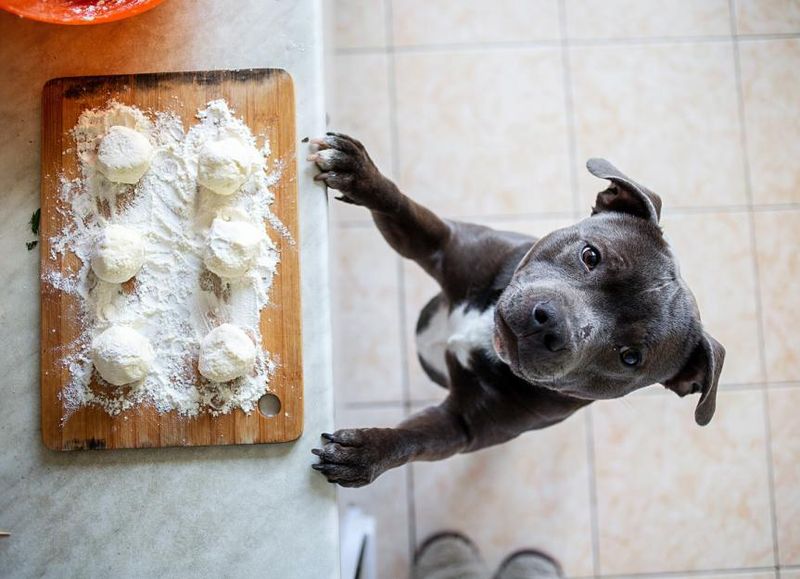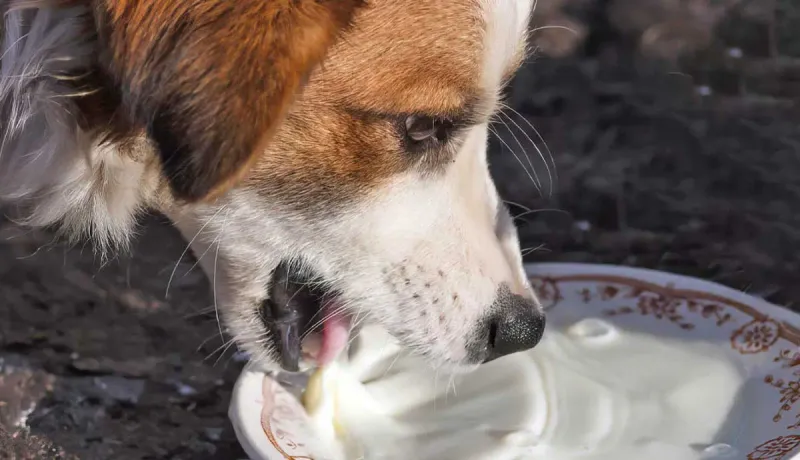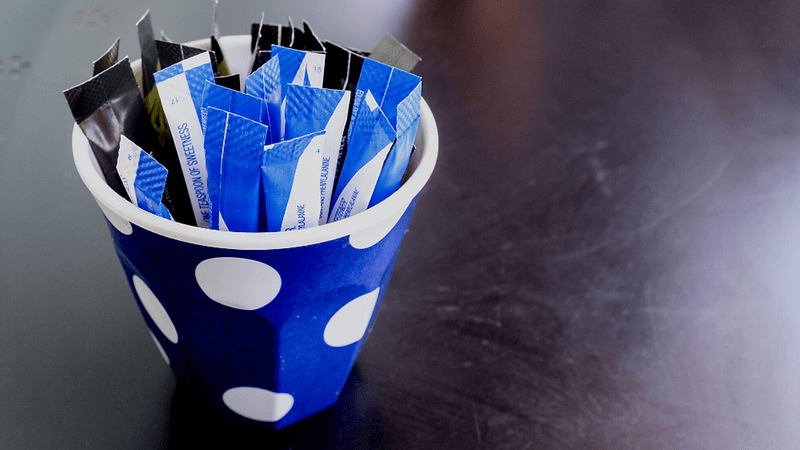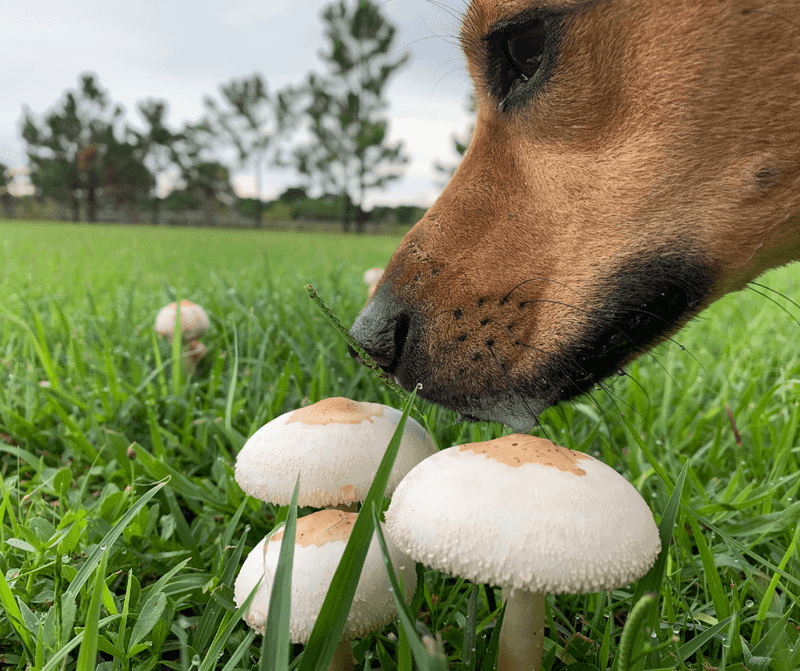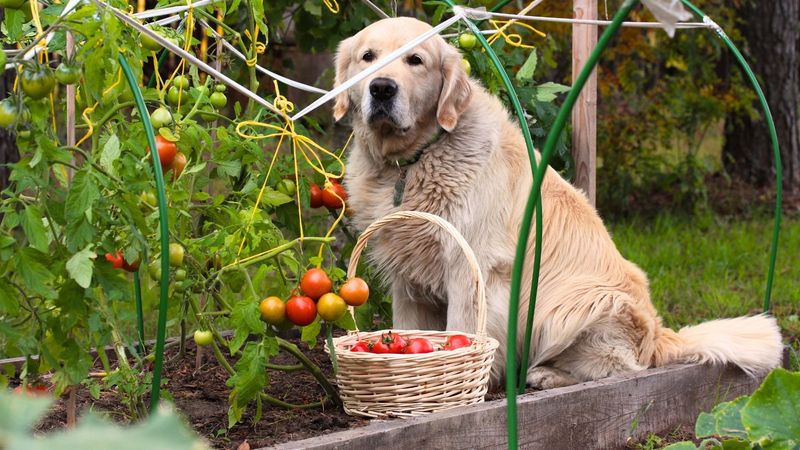Dogs are often curious creatures, exploring their surroundings with enthusiasm and sometimes getting into things they shouldn’t. While many household items are harmless, some common items can pose significant dangers to our furry friends. Understanding what these items are and keeping them out of reach is crucial for ensuring the safety of your pet.
Chocolate
Chocolate may be a delightful treat for humans, but it’s toxic to dogs. Theobromine, found in chocolate, is something dogs cannot metabolize effectively. This can lead to severe symptoms like vomiting, diarrhea, and even seizures. Imagine the alarming situation of a dog innocently munching on some chocolate left on the table. It’s a common scenario that can quickly turn dangerous.
For those who adore their pets, keeping chocolate out of reach is a simple yet vital step. Be extra cautious during festive seasons when chocolates are plentiful. Dogs deserve safe environments away from such hazards.
Grapes and Raisins
Grapes and raisins might be healthy snacks for people, but they can cause severe harm to dogs. These fruits can lead to sudden kidney failure in some dogs. It’s a perplexing phenomenon as even a small amount can trigger such a dramatic reaction. Picture a dog happily wagging its tail, unaware that the grapes it’s eying could be so harmful.
Pet owners often wonder why grapes are so hazardous when other fruits are safe. Staying informed about these dangerous foods can prevent unintentional mishaps. Keep these toxic treats far from your dog’s reach.
Onions and Garlic
Onions and garlic, while flavorful for our dishes, can wreak havoc on a dog’s health. They contain compounds that can damage dogs’ red blood cells, potentially leading to anemia. Envision a tempting aroma wafting from the kitchen, drawing the family dog closer, unaware of the lurking danger beneath the enticing scent.
For many pet owners, cooking with onions and garlic is routine, but vigilance is key. Remember, even cooked forms of these foods are harmful. By understanding these risks, pet guardians can create a safe kitchen environment.
Xylitol
Xylitol is a sugar substitute found in many sugar-free products, including gum and candies. While it’s beneficial for human dental health, it’s extremely toxic to dogs. Even a small amount can cause a rapid insulin release in dogs, leading to hypoglycemia (low blood sugar), which can be life-threatening.
Imagine a dog innocently sniffing around, only to find a piece of gum dropped under the table. Such innocent scenarios quickly become dangerous. Pet owners must be vigilant, ensuring that xylitol-containing products are always out of a dog’s reach.
Alcohol
Alcohol isn’t just harmful to humans in excess; it poses a significant risk to dogs as well. Even small amounts can lead to intoxication, causing symptoms like vomiting, disorientation, and even respiratory failure. Imagine the unsuspecting scenario where a dog laps up spilled beer at a backyard barbecue.
It’s an easily avoidable mishap with tragic potential consequences. Responsible pet ownership means ensuring all alcoholic beverages are kept out of reach. Awareness and prevention can save a dog’s life from these unnecessary dangers.
Caffeine
Caffeine is a stimulant that many of us rely on daily, but it can be lethal to dogs. Found in coffee, tea, and energy drinks, caffeine can lead to restlessness, rapid breathing, heart palpitations, and even death in dogs. Envision a curious pup sneaking sips from an unattended coffee cup.
While the aroma is alluring to many, the effects on dogs are far from pleasant. Dog owners should ensure that caffeinated products are never left within a dog’s reach. Keeping caffeine away is a simple yet crucial safety measure.
Macadamia Nuts
Macadamia nuts are a delight for human palates, but they can cause weakness, vomiting, and hypothermia in dogs. The exact mechanism of toxicity is unknown, but the effects are well-documented. Imagine the surprise of a pet owner seeing their dog’s sudden discomfort after sharing a seemingly harmless snack.
It’s a stark reminder that not all human foods are safe for dogs. Keeping a watchful eye on what foods are accessible to pets can prevent these alarming episodes. Dogs thrive in environments free from such risky temptations.
Avocados
Avocados, with their creamy texture, are a trendy health food for us but pose a risk for dogs. They contain persin, which can cause vomiting and diarrhea in dogs. Picture the innocent face of a dog begging for a bite as its owner prepares a salad.
While many might think a small piece won’t hurt, it’s best to err on the side of caution. Ensuring avocados are kept out of reach protects dogs from unnecessary distress. Owners should be proactive in understanding which foods are potentially harmful.
Cherries
Cherries might look tempting with their vibrant hue, but they contain cyanide, especially in their pits, which can be fatal for dogs. Imagine a dog eagerly eyeing a bowl of cherries, unaware of the hidden danger each bite holds.
The risk isn’t just in the cyanide; choking on the pits is a genuine concern too. Pet owners should be fully aware of how such innocent-looking fruits aren’t as safe as they appear. Prioritizing a dog’s safety means keeping cherries and other stone fruits out of reach.
Raw Eggs
Raw eggs are often touted for their health benefits in humans, but they can lead to biotin deficiency and bacterial infections in dogs. Envision a dog eagerly licking up raw egg spilled during breakfast prep, unaware of the potential health risks.
For pet owners who strive for the best nutrition, understanding the dangers of raw eggs is essential. Cooking not only destroys harmful bacteria but also makes eggs a safer option for canine consumption. Ensuring proper food safety is key to a healthy dog diet.
Raw Meat and Fish
Raw meat and fish can carry bacteria like Salmonella and parasites that are harmful to dogs. Picture the scenario where a dog sneaks into the kitchen to sample fresh fish from the counter, not realizing the bacterial dangers lurking within.
While many advocate for raw diets, the risks should not be underestimated. Cooking meat thoroughly ensures safety from these potential contaminants. Responsible pet care involves understanding the benefits and drawbacks of different diet choices, always prioritizing safety.
Cooked Bones
Cooked bones, especially chicken bones, can splinter easily and cause choking or internal damage to dogs. Imagine a dog’s excitement upon finding leftovers in the trash, blissfully unaware of the danger these bones pose.
Although raw bones can be safe, cooked ones are a different story due to their brittle nature. Pet owners must be vigilant about what scraps are within a dog’s reach. Safeguarding a dog’s health means understanding the risks of everyday items like cooked bones.
Yeast Dough
Yeast dough poses a dual threat to dogs as it can rise in their stomachs, causing painful bloating and potential alcohol poisoning from the fermentation process. Picture the innocent curiosity of a pet as it noses around rising dough left out to proof.
For those who love baking, keeping dough out of reach is crucial. The potential for distress and harm is significant, making it essential to store dough safely away from pets. Responsible baking ensures dogs remain happy and healthy.
Milk and Dairy Products
While milk and dairy products are a staple for many, they can cause digestive issues in dogs, leading to diarrhea and discomfort. Imagine the yearning eyes of a dog watching its owner enjoy a creamy cheese platter.
The lactose in dairy can upset a dog’s stomach since many are lactose intolerant. Being mindful of what dairy products are accessible to dogs is part of responsible pet ownership. Ensuring that dairy is only given in moderation, if at all, helps keep a dog’s digestion smooth.
Artificial Sweeteners
Artificial sweeteners, including xylitol, can be deadly to dogs, causing a rapid insulin release and drop in blood sugar. Imagine a pet owner unknowingly dropping a sweetener packet, unaware of the life-threatening consequences it holds for a curious dog.
While sweeteners offer a sugar alternative for humans, they can bring sudden harm to dogs. Vigilance is necessary to prevent accidental ingestion. Understanding the ingredients in household products helps create a safe environment for pets, keeping them out of harm’s way.
Mushrooms
Mushrooms, especially wild varieties, can be toxic for dogs, leading to symptoms ranging from mild digestive upset to severe poisoning. Picture a dog on a woodland walk, sniffing around mushrooms that seem innocuous but hide dangerous toxins.
For pet lovers who enjoy outdoor adventures, knowledge about toxic plants and fungi is essential. Keeping dogs on the path and away from unknown mushrooms can prevent accidental poisonings. An informed pet owner ensures safe and enjoyable outings for their furry friends.
Tomatoes
Tomatoes, particularly their leaves and stems, contain solanine, which can be toxic to dogs if ingested in large quantities. Envision a sunny garden with a dog merrily exploring, oblivious to the potential danger hidden in the tomato patch.
While ripened tomatoes are generally safe, the green parts pose a risk. Pet owners with gardens should ensure their dogs are supervised when exploring. Knowing which plants are hazardous helps maintain a safe environment for pets to enjoy without worry.
